There are a variety of binding methods can be used for combining separate pages into a finished document. The type of binding may be limited by the paper size and number of pages to be bound. The images below illustrate some of the more popular binding methods used in the printing industry. If you have questions about these or other binding methods feel free to contact us.
Binding Methods
Binding Methods
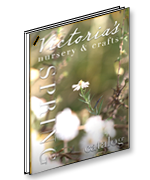
Corner Staple
The most economical binding method, a staple is used in the corner to attached pages together. Suitable for up to 100 sheets.
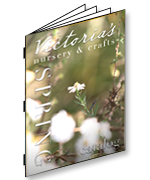
Saddle Stich Binding
This inexpensive method binds sheets using staples placed along a folded edge. Suitable for 60 sheets or less, there is no printable spine with this option.
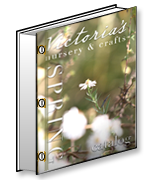
Screw Post Binding
Metal screw-together posts are inserted into holes drilled through the stack of paper. Screw posting can accommodate 20-800 sheets.
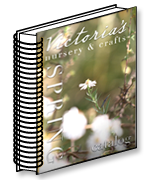
Coil/Spiral Binding
A round plastic coil is wound through the pages to hold them together. Pages bound this way can be opened 360 degrees and can remain flat when open. Can accommodate 400-440 sheets, depending on paper weight.
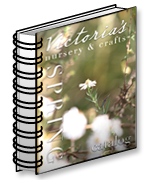
Twin Loop Binding
Also known as wire-o binding or double-loop binding. A wire is threaded through small holes in the edge of the paper. Twin loop binding is available in black, silver and bronze and can accommodate up to 110 sheets.
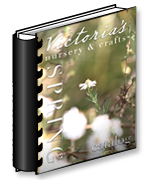
Comb or GBC Binding
This inexpensive method uses a plastic “comb” that wraps through rectangular holes in the edge of the pages. The plastic comb also forms a spine. Best for business documents and reports and suitable for 20-450 sheets.
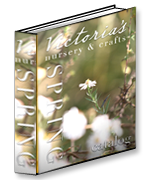
Perfect Binding
A paper cover wraps around the pages and is glued to the spine. The cover forms the front, spine and back. Popular for paperback and softcover books, this method results in a professional appearance. Suitable for most book types and sizes.
